How Much Are Sew In Extensions? A Comprehensive Guide To Understanding The Cost

Investing in hair extensions makes hair look luxurious and voluminous, but not many people are aware of the range of costs associated with this investment. Well, that's where this comprehensive guide comes in!
We'll be fueling your journey towards optimized hair extension knowledge as we explore what goes into sew-in hair extensions costs and how to save money without skimping on quality.
Prepare to be enlightened about these hidden intricacies as we take you through an insightful ride from understanding where the cost comes from right down to being able to make an informed decision when it comes to something as significant as investing in your tresses! This guide is certainly a treat for looking gorgeous and saving money simultaneously.
What Are Sew-In Hair Extensions?
Sew-in hair extensions are quickly becoming a popular method of adding length, volume, and body to one's natural hair! This type of extension uses weaving thread to securely attach wefts of human or synthetic fibers to the natural hair.

Best of all, no heat, glue, or chemicals are required! Sew-ins feature even more styling options than traditional methods while still providing natural-looking movement.
Commonly referred to as 'sew-in weaves' or 'sew-in hair bundles,' they are installed in natural hair that is first cornrow braided by the stylist using a specialized curving needle and thread. This technique is long-lasting and can be reused several times before being replaced.
Factors Influencing The Cost Of Sew-In Hair Extensions
Ever been intrigued by the fluctuating prices of sew-in hair extensions? Believe it or not, there are a multitude of factors that dictate how much they cost. Wondering what these are? Let's take a closer look and arm ourselves with some empowering knowledge so we can make educated decisions for when we hit the salon next!
1. Quality and Type of Hair That's Used
When it comes to sew-in extensions, one of the most important things to consider is quality! Human hair weave is considered top-of-the-line as it produces a more realistic style; you don't have to worry about blending your natural tresses so much, and it can last longer too. The type of human hair used determines the cost, with virgin hair being more pricey than processed strands.

On the other hand, synthetic hair gives the custom wearer a close match to their tresses at a usually less expensive price point--but be mindful: no matter how tempting a cheaper cost may be, you may end up sacrificing quality for the extra cost savings. So ultimately, choosing hair that suits your look, lifestyle, and budget will assure you that it will be worth every penny!
Related Read: Wha't the best human hair for sew in weave
2. Length of Hair
If you're looking for long, beautiful hair extension looks, prepare to open the wallet! Length matters when it comes to sew-in extensions – the longer the hair chosen, the higher the cost.
Longer strands, after all, are typically more expensive than shorter lengths because of their rarity and added labor on the stylist's part for installation.

What's more, extra-long locks may need more bundles and even multiple installations to secure a full set of extensions! All this can add up to higher costs than anticipated.
So lucky you – the longer your preferred look is, the more excited you should be to show off your glamorous new 'do... and that sweet, heavy coin purse that went with it.
3. Hair Textures That You Choose
When it comes to getting the perfect look, your hair's texture plays an important role. Extensions come in all shapes and sizes; straight, curly, body wave, deep wave, water wave... the list goes on and on!

Typically, hair extensions are sold at one set price, but some textures may cost a little extra due to their thickness or popularity. For instance, styling a bundle of curly locks may require extra time and tools, which could add up when it comes to the total cost. So if you're after something special and unique, be sure to consider if a more exotic cost is justifiable for your situation.
4. Installation Method
The type of installation can majorly influence the overall cost of extensions. With traditional sew-ins, you'll start by braiding your natural hair – creating tiny sections along your scalp or temple walls before applying the wefts.

But there are other methods too! You got the vixen sew-in and the braidless sew-in, both fantastic options for a different look that require additional knowledgeable expertise from your stylist — leading to an overnight price boost.
So talk with your stylist now! Ask them what methods would best fit into your lifestyle, bookmark budget, and beauty vision without breaking the bank. Who knows — you might even let loose here and there by indulging in something new!
5. Location and Salon Pricing
The geographical location and the salon where you get your sew-in extensions can impact the cost. Salons in metropolitan areas or upscale neighborhoods might have higher overhead costs, resulting in slightly elevated prices. Even if it's just a few extra bucks, you may not want to spend the money on it.

On the other hand, going to a more affordable salon or one located outside of a major city might give you the same quality treatment with some extra savings. It's totally up to you!
By taking all these factors into account, you'll be on your way to a gorgeous sew-in look that doesn't leave you in an empty bank account. So, if you're ready to commit, shop around and do some research to find the best salon, method, texture, and length of hair that fits into your budget and lifestyle.
Different Types of Sew-In Hair Extensions that You Choose
Are you thinking about getting a sew-in extension? If so, the type of extensions you choose can make a huge difference in the final cost. Let's go through a quick breakdown and walk you through some of your options. Here are just three types of extensions that you can choose from:
1. Synthetic Sew-In Hair Extensions
Synthetic hair extensions are a great option for those on a tight budget, but they tend to lack durability. They don't last as long, and the texture of synthetic hair often doesn't look natural. When cared for correctly, synthetic hair extensions can last several months.
2. Human Hair Sew-In Extensions
Human hair extensions are the most popular choice for sew-in applications, offering a natural look and feel. They can be styled, colored, and treated just like your own hair. Human hair extensions are available in various grades, such as virgin hair (unprocessed) and Remy hair (cuticles aligned), which affects their price.
The Average Cost of Sew-In Hair Extensions
Figuring out the cost of sew-in hair extensions can feel like a daunting chore, however, it doesn't have to be that way! Depending on factors such as the type and quality of hair used, or even the complexity of styling involved, costs can vary significantly.
On average, though, you're likely looking at anywhere install service between $100 - $300. For high-quality extensions that last longer and look amazing, you should expect to pay in the region of $250 - $500! Here's what the approximate cost will usually break down to when considering all factors:
1. Quality and Type of Hair
If you want natural-looking hair extensions, human hair is the ultimate option! Extensions made of high-grade human hair can cost anywhere from an impressive $200 to an extravagant $800. (You can also choose to shop for hair extensions online, here are the best human hair brands online)
On the other hand, higher-quality synthetic hair options still offer a great solution for those with limited funds.
2. Length and Volume

Every person is different in size and shape, so naturally, the length of hair extensions you choose to purchase will affect the cost.
Generally speaking, shorter lengths (12-14 inches) usually fall between $150 - $400; medium lengths (16-18 inches) range from $200 - $500, and longer lengths (20-24 inches) can cost anywhere from $250 to an even higher $600. Depending on the salon and stylist you use, extra charges may apply for added volume or layers.
3. Colors and Highlights

For a natural, subtle look, you won't have to pay very much extra for color or highlights. However, if you're looking for a drastic change in the hue of your hair, such as going from blonde to black or vice versa, additional costs may be incurred. On average, these can range anywhere between $150+ for a solid color to upwards of $300+ for highlights or ombre.
4. Installation Method
It might come as a surprise to some, but the type of installation method used also affects cost. Traditional sew-ins are generally the most affordable option and usually range from $80 - $250+; vixen sew-in starts at $140 - $400, and braidless sew-ins begin from $300 upwards. Some salons may offer discounts for repeat customers and larger orders.
5. Stylist's Expertise
This is where the most variation in costs can be seen. Depending on who you go to, the cost of sew-in hair extensions could skyrocket from as little as $250 to an eye-watering $700 or more. Experienced stylists may charge around $200 - $600, while celebrity stylists will often set their rates at anything between $300 - $800 or more.
Ultimately, the cost of sew-in hair extensions comes down to the quality and expertise of the stylist. When considering where to go for your next style, be sure to put quality first!
Note: It's important to note that these are average estimates, and prices can vary depending on individual factors and the salon's pricing structure. It's recommended to consult with a professional stylist for an accurate assessment of the cost based on your specific requirements. Doing your research beforehand can help you to get the best value for your money and an amazing sew-in hair extension look that will leave you feeling glamorous.
Additional Costs to Consider When Budgeting for Sew-In Extensions

In addition to the base cost of sew-in hair extensions, there are a few other expenses to consider:
1. Consultation Fee
Some stylists may charge a consultation fee to discuss your desired look, hair type, and extension options. This fee is typically deducted from the total cost if you proceed with the service.
2. Hair Preparation
If your natural hair requires preparation, such as washing, trimming, or braiding, the stylist may charge an additional fee for these services.
3. Hair Removal and Reinstallation
Sew-in extensions typically last for several weeks to a few months. When it's time to remove and reinstall them, there may be an extra charge for the removal process and any necessary adjustments or maintenance.
4. Styling and Finishing
If you wish to have your sew-in extensions styled or finished, such as cutting, blending, or curling, there may be an additional cost for these services.
Maintenance and Upkeep Expenses That Can Accumulate Over Time
Sew-in hair extensions require proper maintenance and upkeep to ensure their longevity and optimal appearance. It's essential to factor in the ongoing expenses associated with maintenance, such as:

1. Regular Maintenance Appointments
To keep your sew-in extensions looking fresh and well-maintained, you'll need to schedule regular maintenance appointments with your stylist. These appointments may include tightening the extensions, adjusting the braids, or addressing any issues that arise. The frequency of these appointments will depend on how fast your natural hair grows and your desired upkeep.
2. Hair Products
Using the right hair products is crucial for maintaining your sew-in extensions. Invest in high-quality shampoos, conditioners, and styling products recommended for hair extensions. These products may come at an additional cost, but they will help preserve the integrity of the extensions and enhance their lifespan.
3. Protective Styling
To protect your sew-in extensions and prevent unnecessary damage, it's advisable to wear protective hairstyles during sleep or physical activities. This may involve investing in silk or satin bonnets, scarves, or pillowcases to reduce friction and tangling.
4. Heat Protection
If you plan to style your sew-in extensions with heat tools like flat irons or curling wands, it's crucial to use heat protectant sprays or serums to minimize damage. These products help shield the hair from excessive heat and maintain its quality.
5. Removal and Reinstallation
When it's time to remove and reinstall your sew-in extensions, there may be additional costs associated with the process. This can include purchasing new thread, needles, or clips or paying for professional removal and reinstallation services.
Tips for Cost-Effective Sew-In Hair Extensions
While sew-in hair extensions can be an investment, there are ways to make the process more cost-effective without compromising on quality:
1. Research and Compare:
Take the time to research different salons and stylists in your area. Compare their prices, reviews, and portfolios to find a reputable professional who offers competitive rates without compromising on expertise.
2. Consider Partial Sew-Ins:
If budget is a concern, you can opt for partial sew-in extensions instead of a full-head installation. This involves attaching extensions to specific areas, such as the sides or back of the head, for added volume and length.
3. Opt for Wig

If you're on a tighter budget, consider investing in a wig, that provides a satisfactory result and allows you to experiment with different styles. You don't need to go to the hair salon to finish the installation, and you can learn how to install a wig at home, that can save much time and money, especially when you buy a glueless human hair wig or wear and go v/u part wig that is beginner for newbies.
4. DIY Maintenance:
Learn how to properly care for and maintain your sew-in extensions at home. This includes brushing and detangling them gently, following recommended washing and conditioning routines, and avoiding excessive heat or styling damage. By taking good care of your extensions, you can prolong their lifespan and minimize the need for frequent salon visits.
Related Read: How long does a sew in last
5. Plan Ahead
If you have a specific event or occasion in mind for getting sew-in extensions, plan and save up in advance. This will give you more flexibility in terms of budget and allow you to allocate funds specifically for the hair extension investment.
By being mindful of the associated costs, you can make sure your sew-in extensions are a cost-effective investment. With the right research and preparation, you can enjoy beautiful, wearable hair without breaking the bank.
In a Nutshell
All in all, sew-in hair extensions can offer an array of wonderful possibilities for anyone looking to add volume, length, and a unique and elegant look to their tresses. As with any style or beauty choice, it's important to consider the cost and weigh your options before committing to a particular kind of sew-in.
With this guide as a reliable resource, you are now armed with all the significant factors associated with the costs and are ready to make an informed decision on which type of hair extensions are right for you. After you narrow down your choices, it's time to get out there and flaunt those gorgeous locks!





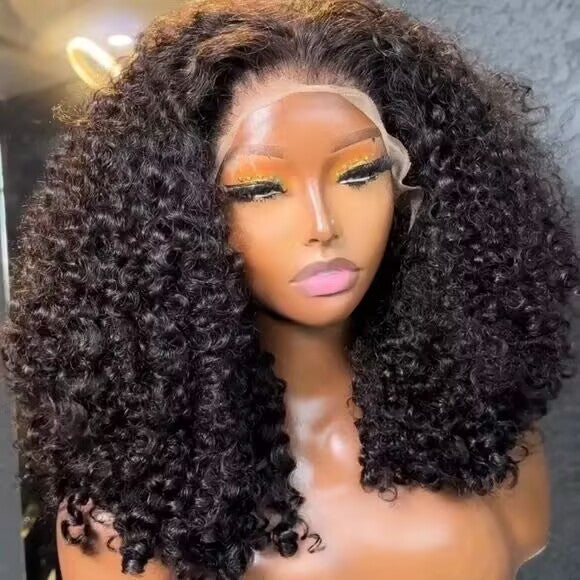
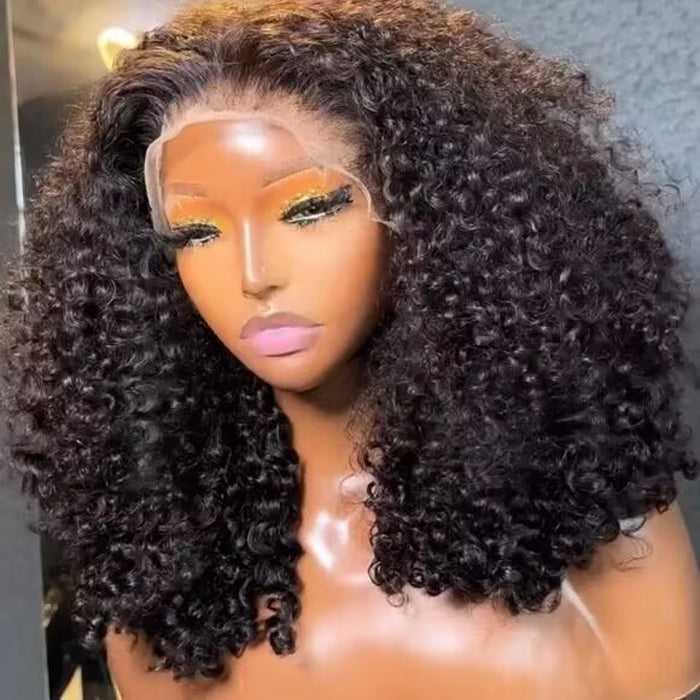
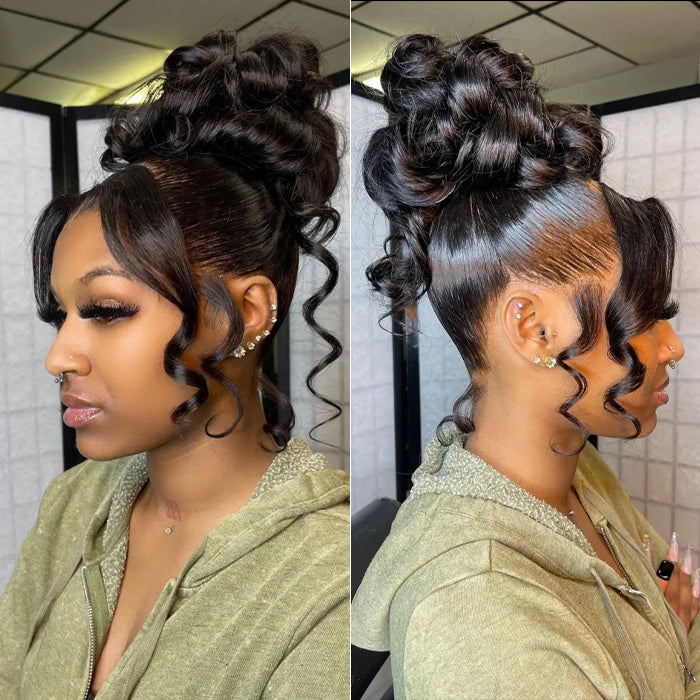

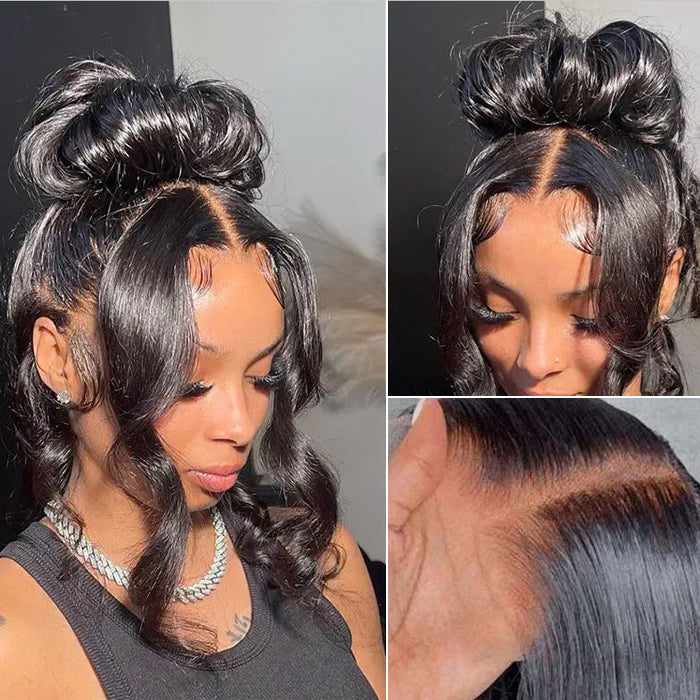
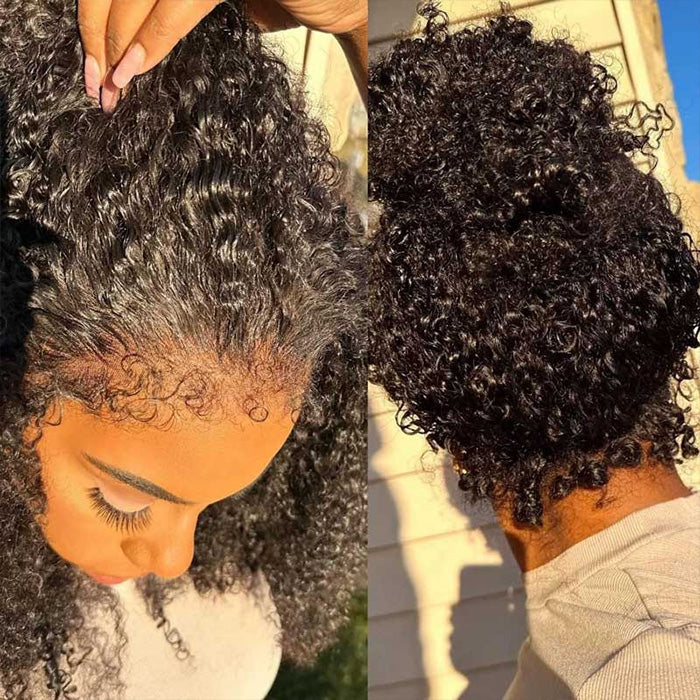

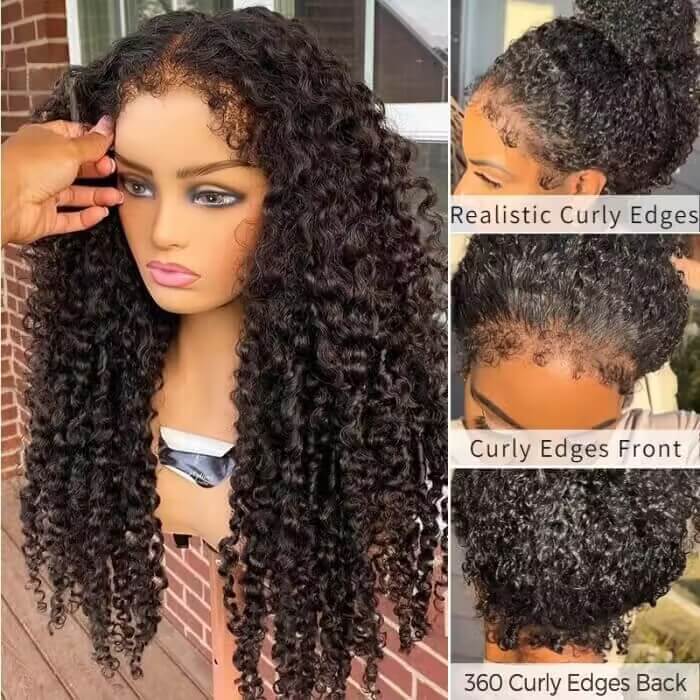

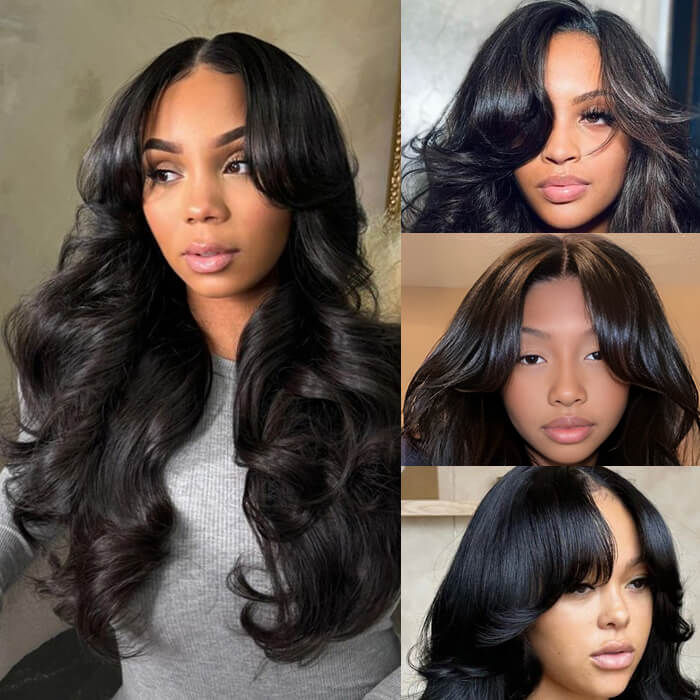


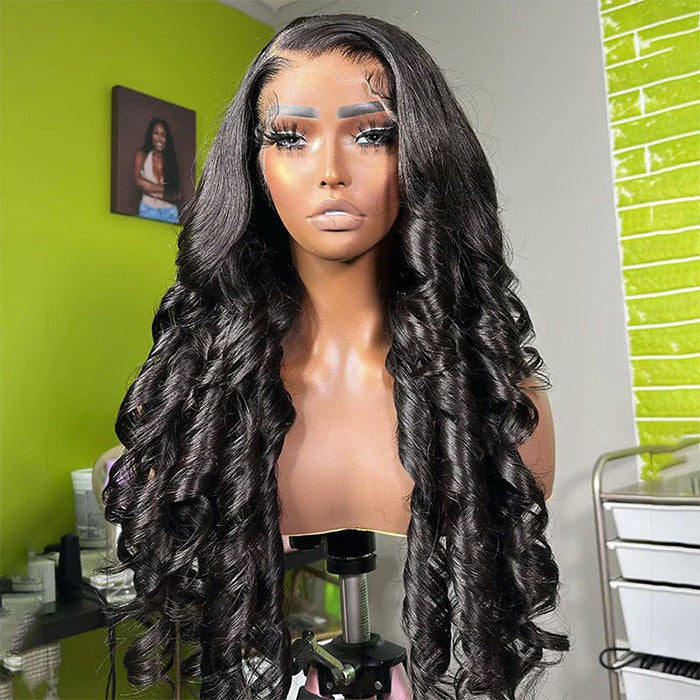

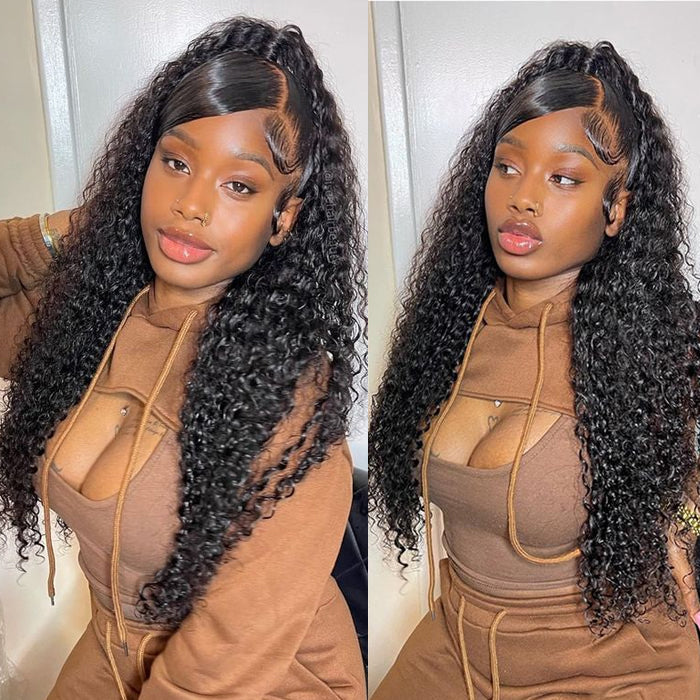

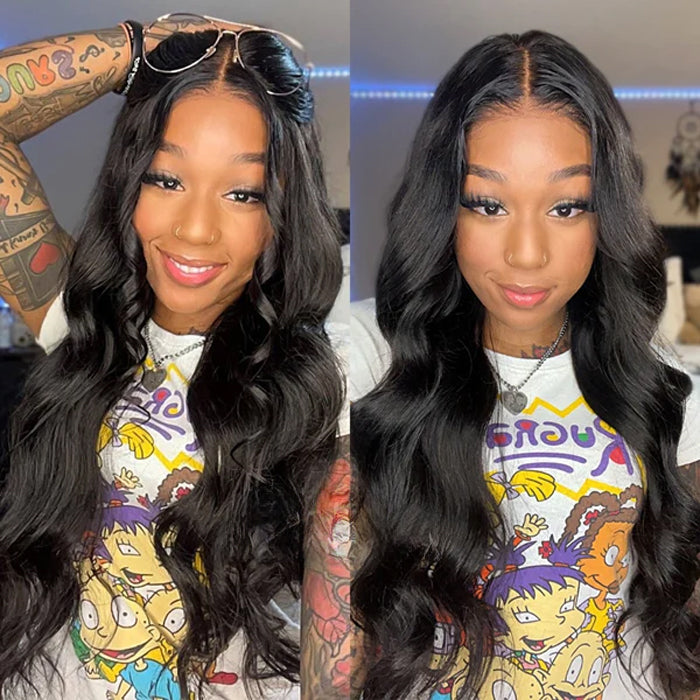
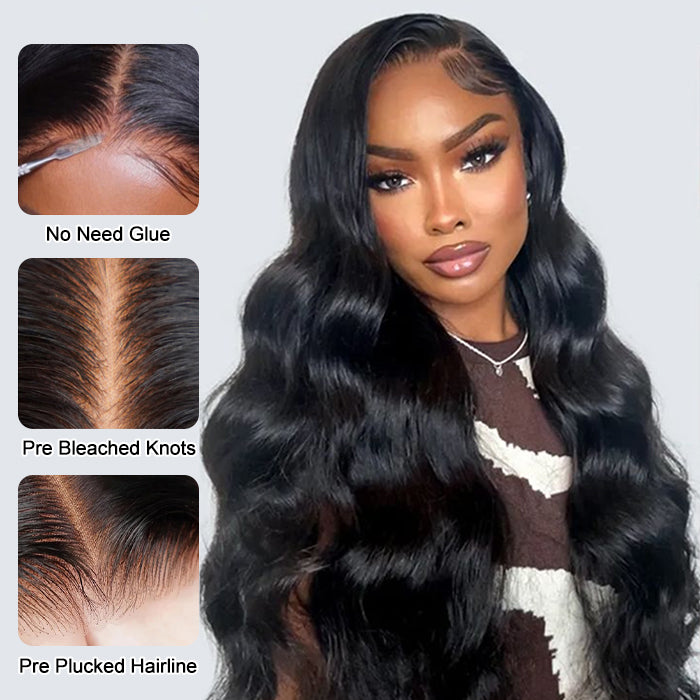
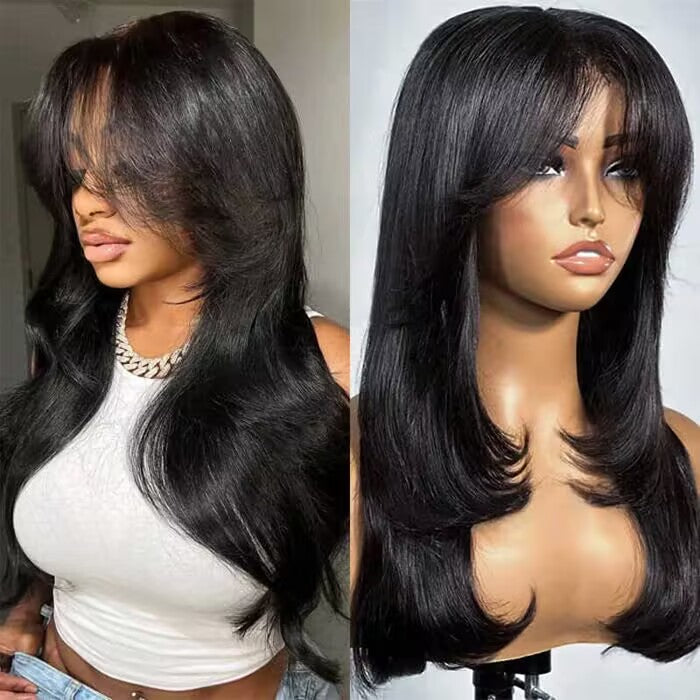

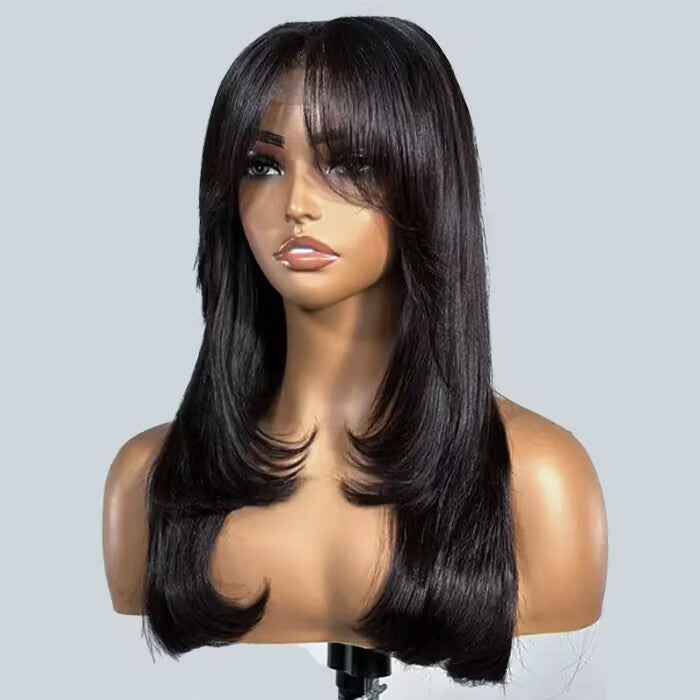

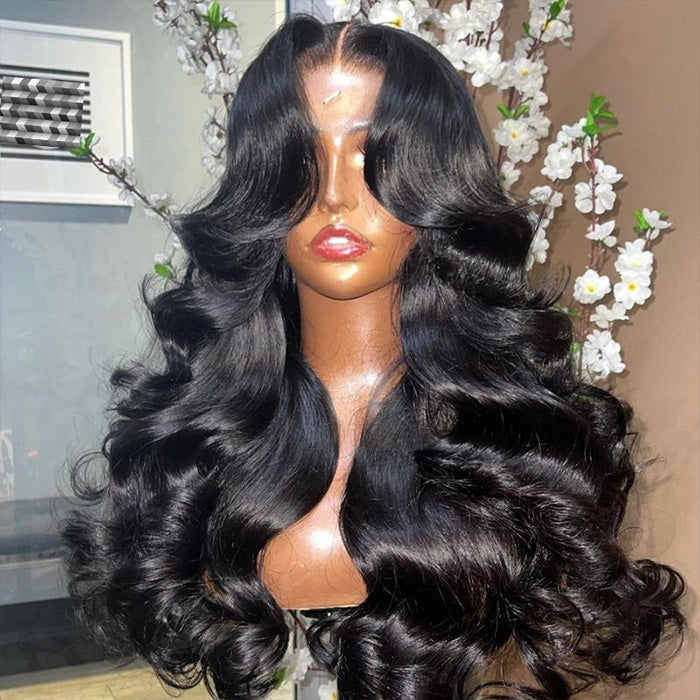
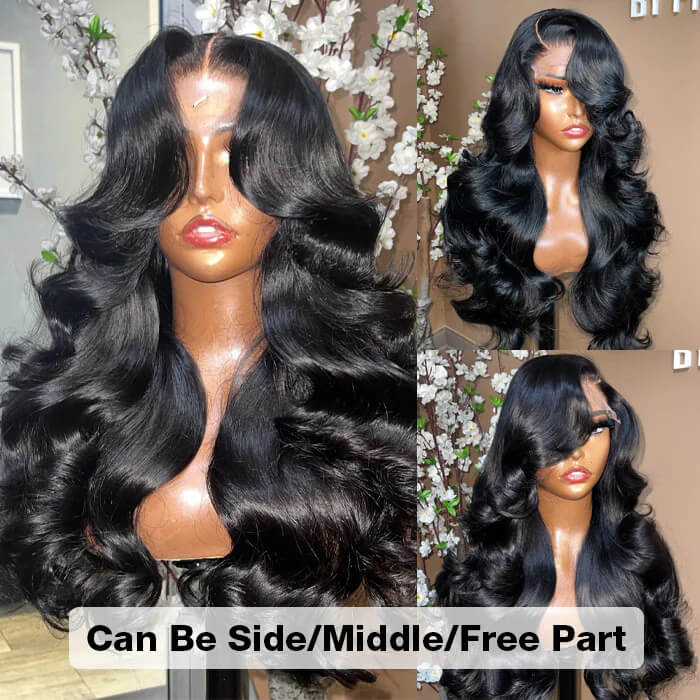
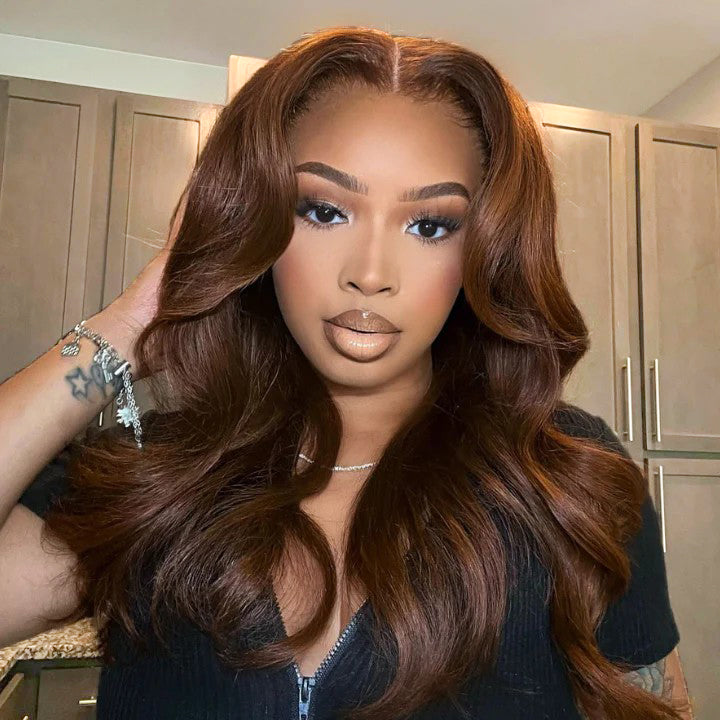
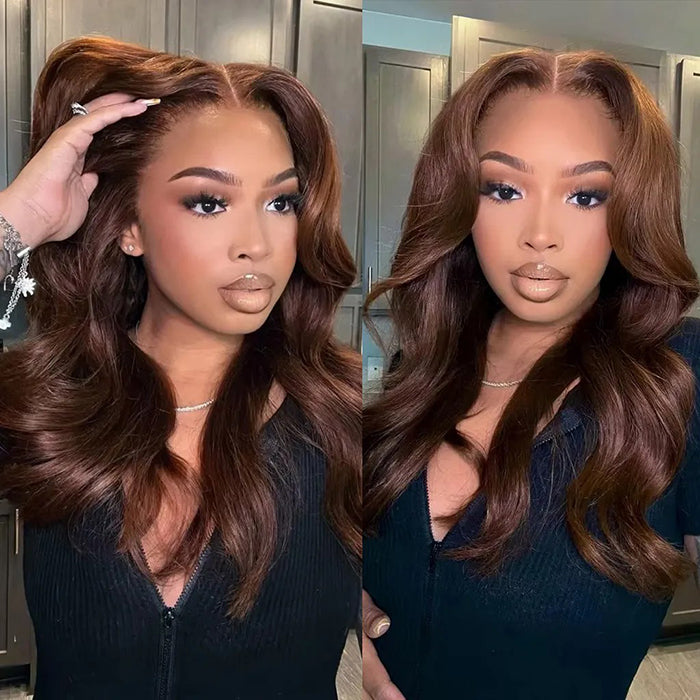
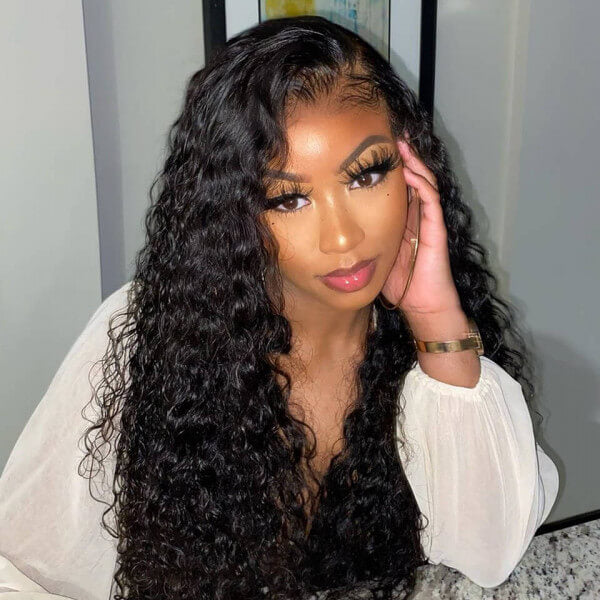

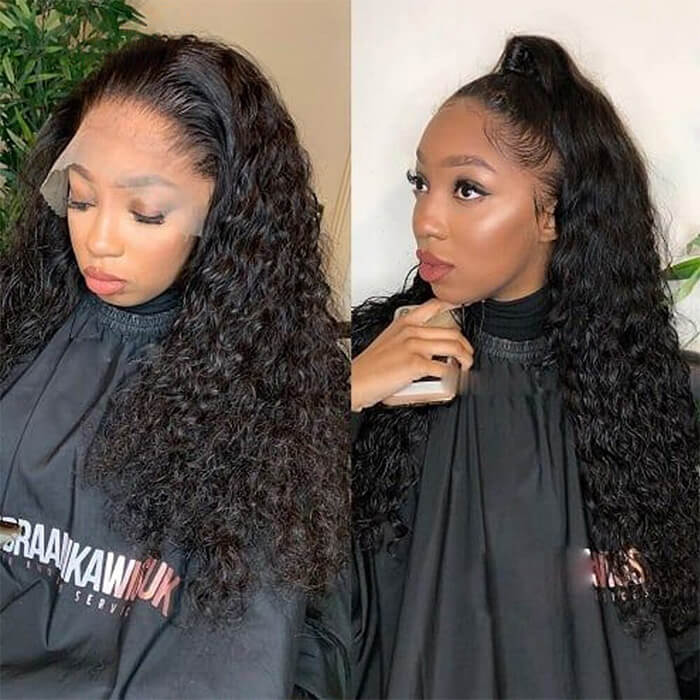
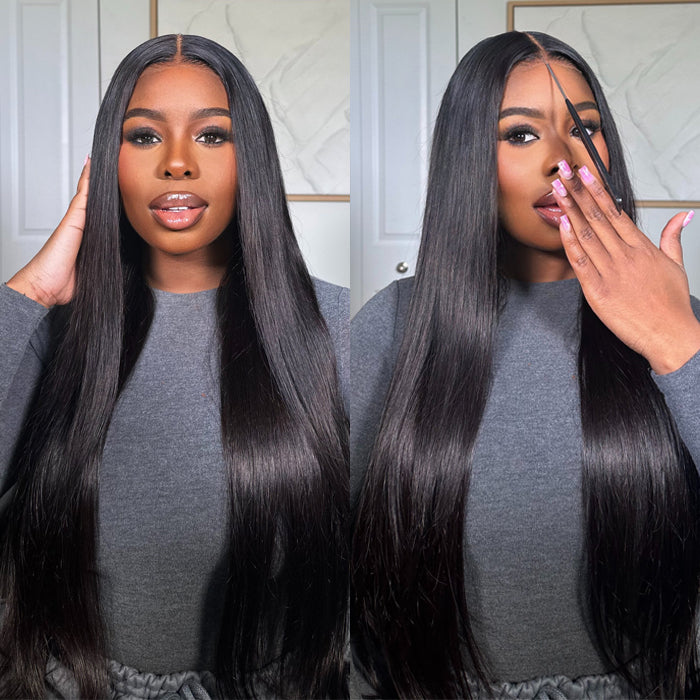
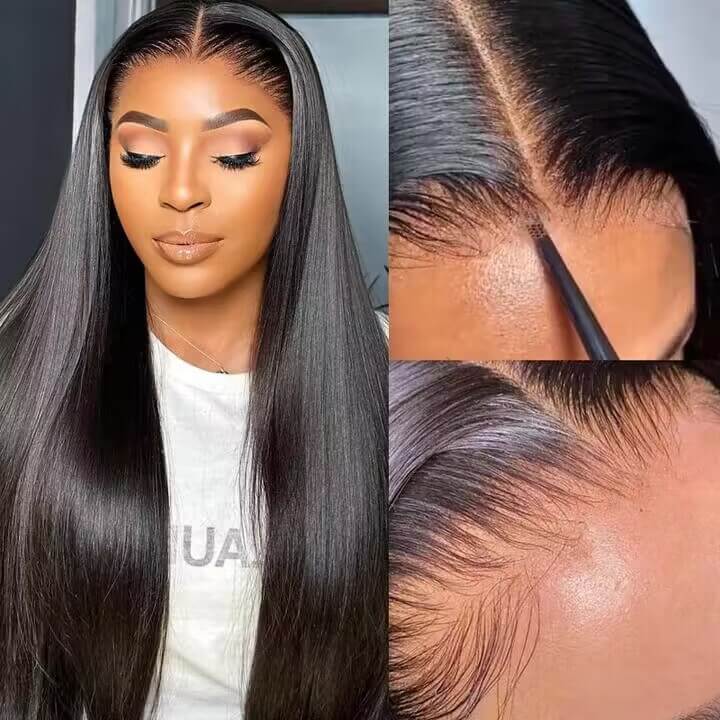
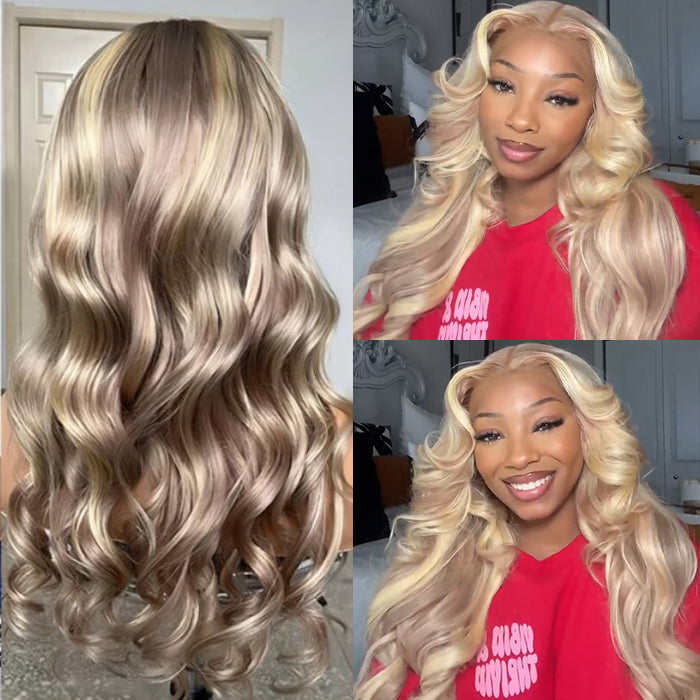
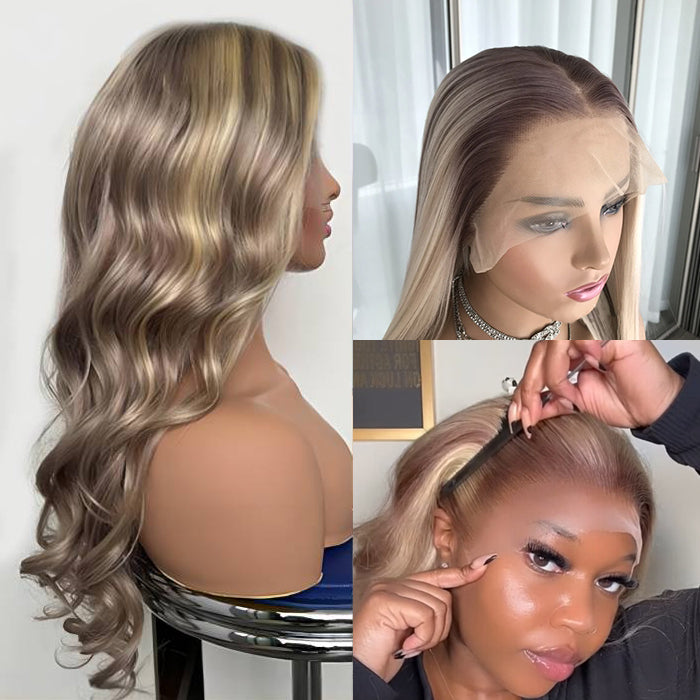
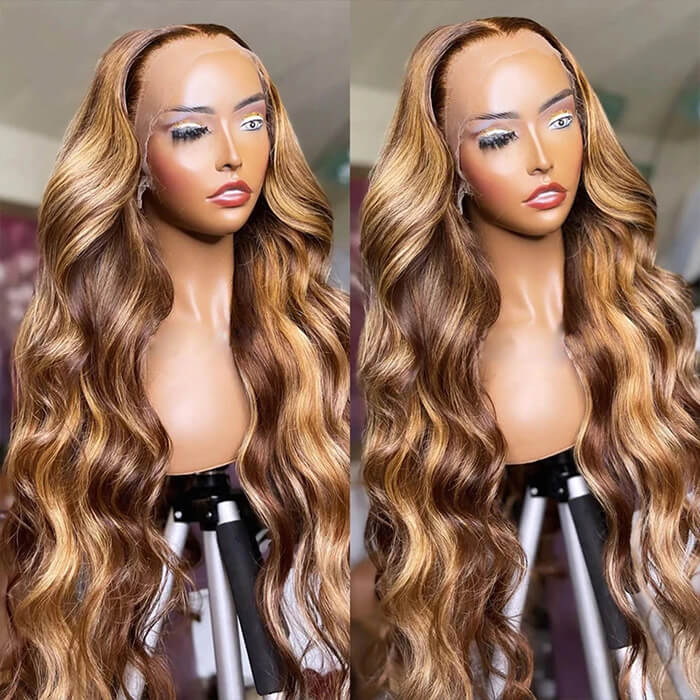
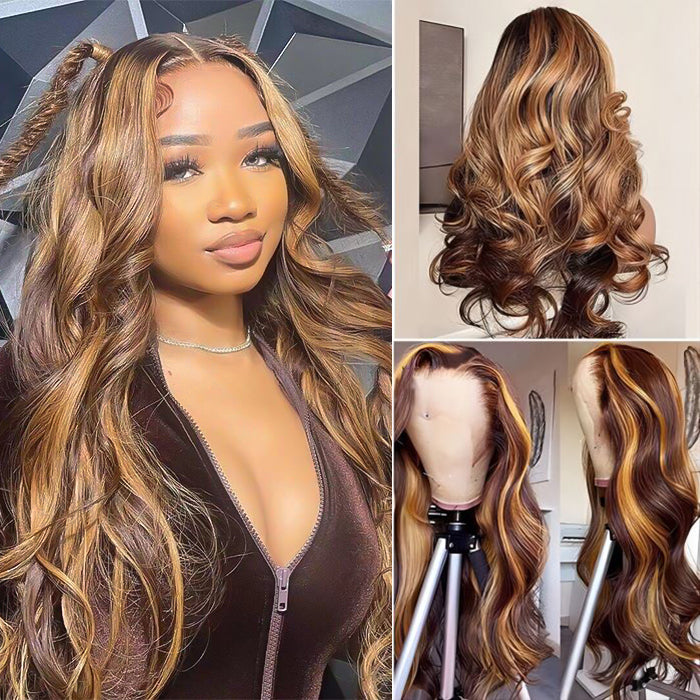
Leave a comment